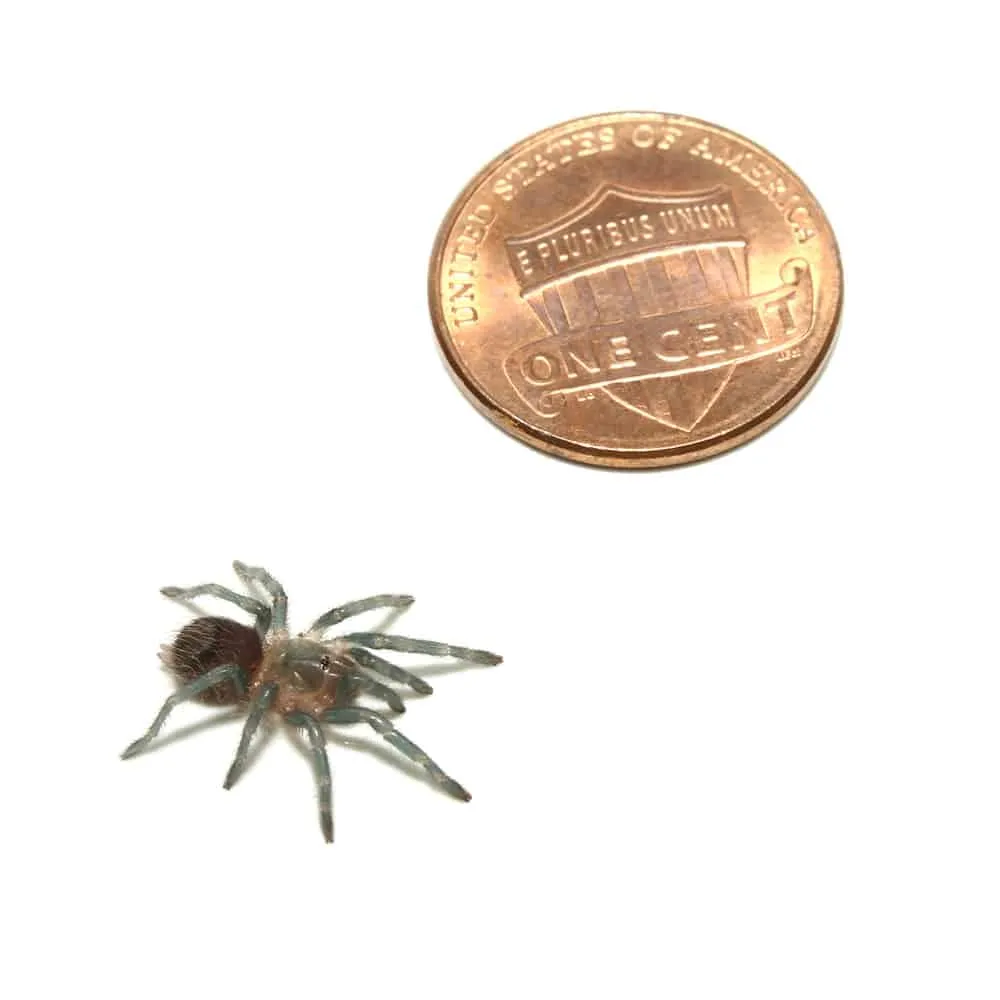Mexican Red Rump Tarantula Care Top 5 Tips
The Mexican Red Rump Tarantula (Brachypelma hamorii) is a popular pet, admired for its striking appearance and relatively docile temperament. However, like any pet, these fascinating creatures require specific care to thrive. This care sheet provides essential information for keeping your Mexican Red Rump Tarantula healthy and happy. Following these simple guidelines will ensure that your tarantula lives a long and fulfilling life. The key to successful tarantula keeping lies in understanding their natural needs and replicating their ideal environment as closely as possible. Proper care not only ensures the well-being of your tarantula but also enhances the enjoyment of observing these incredible animals.
Choosing the Right Enclosure
Selecting the appropriate enclosure is crucial for the well-being of your Mexican Red Rump Tarantula. The enclosure should provide adequate space for movement, a secure environment, and proper ventilation. The size of the enclosure will depend on the size of your tarantula, with larger specimens requiring more space. The material of the enclosure is also important, with glass or acrylic being the most common choices. These materials allow for easy viewing of your tarantula and provide a safe and secure environment. Consider the adult size of the tarantula when choosing an enclosure.
Size Matters
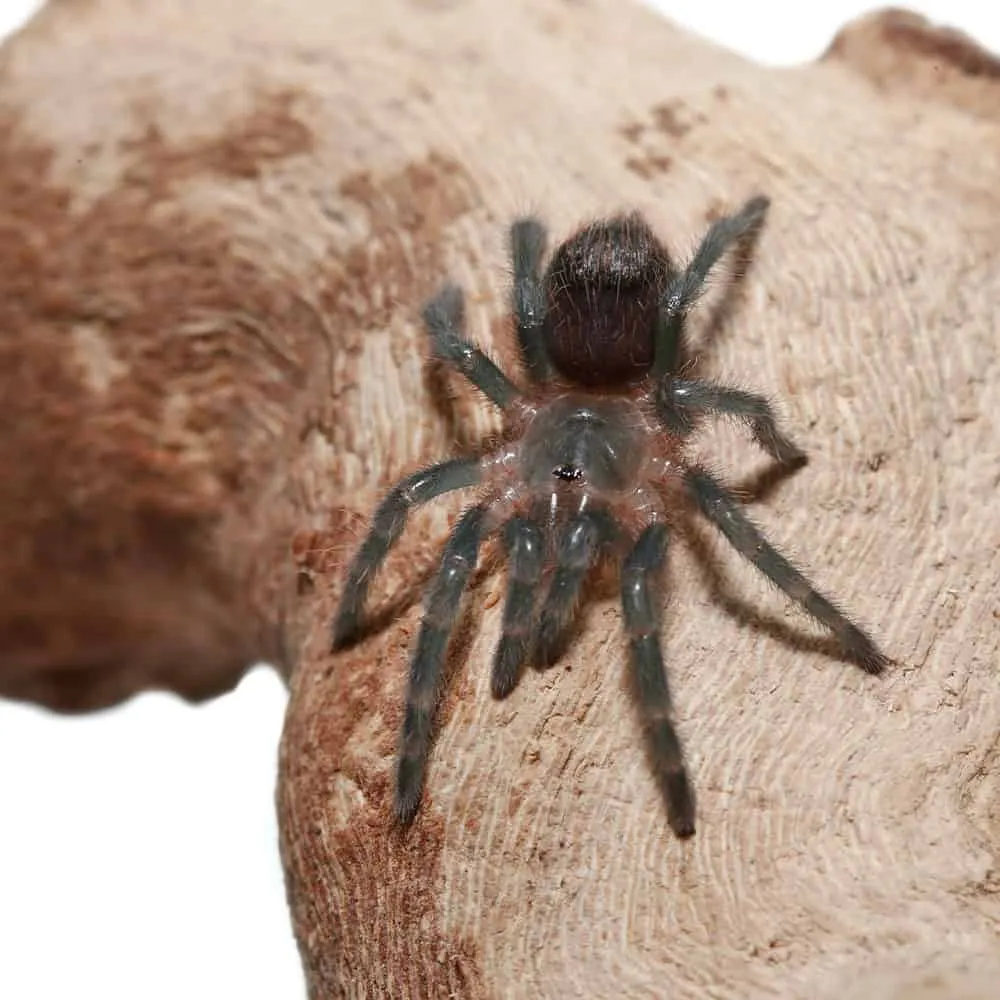
For a juvenile Mexican Red Rump, a 5-10 gallon enclosure is often sufficient. As your tarantula grows, you’ll need to upgrade to a larger enclosure, typically 10-20 gallons for an adult. The enclosure should be at least twice as wide as the tarantula’s leg span. This allows for comfortable movement and reduces stress. Avoid enclosures that are too large, as they can make it more difficult for the tarantula to find its food. A well-sized enclosure contributes significantly to the overall health and happiness of your pet.
Ventilation is Key
Proper ventilation is essential to prevent the buildup of excessive humidity and mold. The enclosure should have cross-ventilation, with holes or mesh screens on opposite sides to allow for airflow. Avoid enclosures with solid lids, as they can trap moisture and create an unhealthy environment. Ensure that the ventilation holes are small enough to prevent the escape of your tarantula. Good ventilation not only promotes a healthy environment but also helps to regulate the temperature and humidity within the enclosure, mimicking the tarantula’s natural habitat.
Substrate Selection for Comfort
The substrate, or bedding, provides a comfortable surface for your tarantula and helps to regulate humidity. A good substrate for a Mexican Red Rump Tarantula includes a mixture of peat moss, coco coir, and vermiculite. The substrate should be deep enough for the tarantula to burrow, typically 4-6 inches. Avoid substrates that are too dusty or that can easily mold. Regularly check and replace the substrate to maintain a clean and healthy environment. A comfortable substrate is crucial for the tarantula’s well-being, allowing it to feel secure and promoting natural behaviors such as burrowing.
Providing Proper Humidity
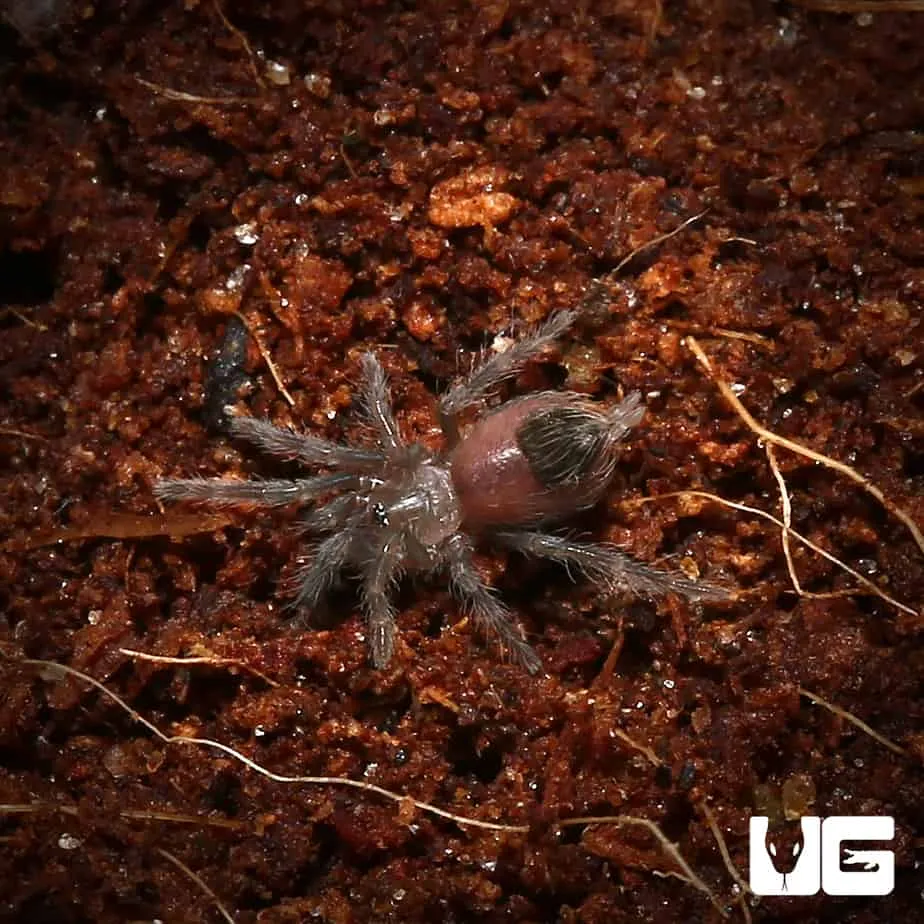
Maintaining the correct humidity levels is crucial for the health of your Mexican Red Rump Tarantula. These tarantulas thrive in a moderately humid environment, typically around 60-70%. Proper humidity aids in molting and overall well-being. Humidity that is too low can lead to molting issues, while too high can promote mold and bacterial growth. Regular monitoring and adjustments are necessary to maintain the ideal humidity levels.
Monitoring Humidity Levels
Use a hygrometer to monitor the humidity levels within the enclosure. Place the hygrometer in a spot where it is easily visible. Regularly check the readings and adjust as needed. This proactive approach allows you to make any necessary adjustments quickly. Keeping track of humidity changes is important to recognize patterns and implement the best care practices. Investing in a reliable hygrometer is a small price to pay for the health of your tarantula.
Misting and Water Bowls
Misting the enclosure with a spray bottle can help to increase humidity. Mist the enclosure 1-2 times a week, or as needed, to maintain the desired humidity levels. A shallow water bowl should also be provided, ensuring it is always filled with fresh, clean water. The water bowl should be shallow enough that the tarantula can easily access the water without risk of drowning. Regular misting and the presence of a water bowl creates a balanced and healthy habitat for your tarantula.
Feeding Your Tarantula
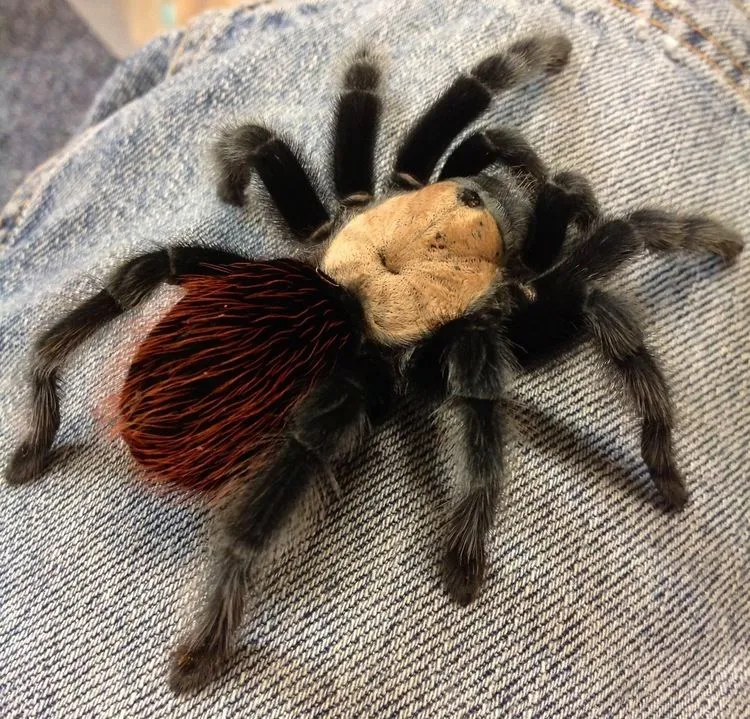
Feeding your Mexican Red Rump Tarantula a proper diet is critical for its growth and overall health. These tarantulas are carnivores and require a diet of live insects. The size and frequency of feeding will depend on the age and size of your tarantula. Overfeeding can lead to obesity, while underfeeding can stunt growth. The right balance is important to ensure your tarantula thrives.
Appropriate Food Choices
Suitable food choices include crickets, mealworms, and roaches. The insects should be gut-loaded before feeding them to your tarantula. Gut-loading involves feeding the insects nutritious food, such as vegetables and commercial insect food, which provides your tarantula with essential vitamins and minerals. Avoid feeding your tarantula insects that are too large, as they can injure the tarantula. Providing a variety of food options is the key to a balanced diet.
Feeding Frequency
Juvenile tarantulas should be fed 2-3 times per week, while adult tarantulas can be fed once a week or even less frequently. Observe your tarantula’s feeding habits and adjust the frequency as needed. If your tarantula stops eating, it may be about to molt. Remove any uneaten food after 24 hours to prevent the buildup of mold and bacteria. Always ensure fresh food is provided and adjust feeding based on the tarantula’s specific needs.
Maintaining Optimal Temperature
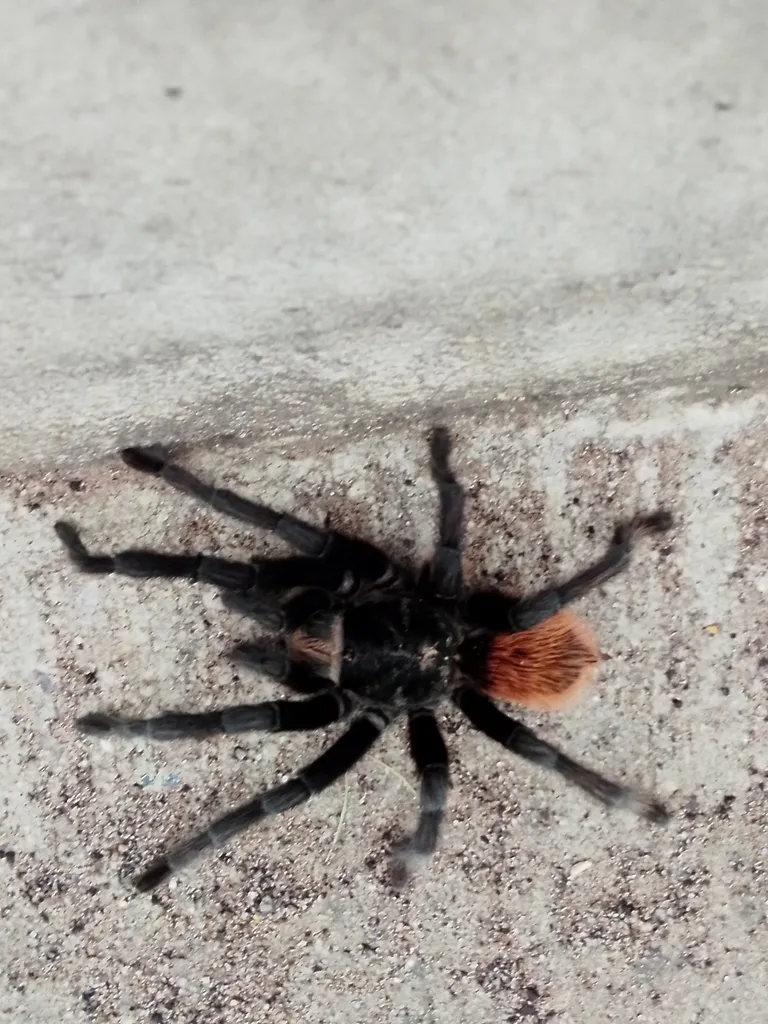
Maintaining the correct temperature is another essential aspect of Mexican Red Rump Tarantula care. These tarantulas thrive in a temperature range of 75-85°F (24-29°C). Temperature impacts the tarantula’s metabolism, digestion, and overall activity. Temperature fluctuations can lead to stress, so stable temperatures are vital. Using appropriate heating methods and monitoring the enclosure temperature are crucial.
Heating Methods
You can use a heat mat or a ceramic heat emitter to maintain the desired temperature. Place the heat mat on the side of the enclosure, not directly underneath, to avoid overheating the substrate. A ceramic heat emitter can be used to provide a more consistent temperature. Always use a thermostat to regulate the temperature and prevent overheating. Be sure the heating setup does not dry out the enclosure excessively. Proper temperature regulation contributes to the well-being of the tarantula.
Temperature Monitoring
Use a thermometer to monitor the temperature within the enclosure. Place the thermometer in a location where it is easily visible. Regularly check the temperature and adjust the heating as needed. If the enclosure is too hot, reduce the heat source. If the enclosure is too cold, increase the heat source. Consistent temperature monitoring is important for detecting and correcting any temperature issues, ensuring that your tarantula stays healthy.
Handling and Safety Precautions
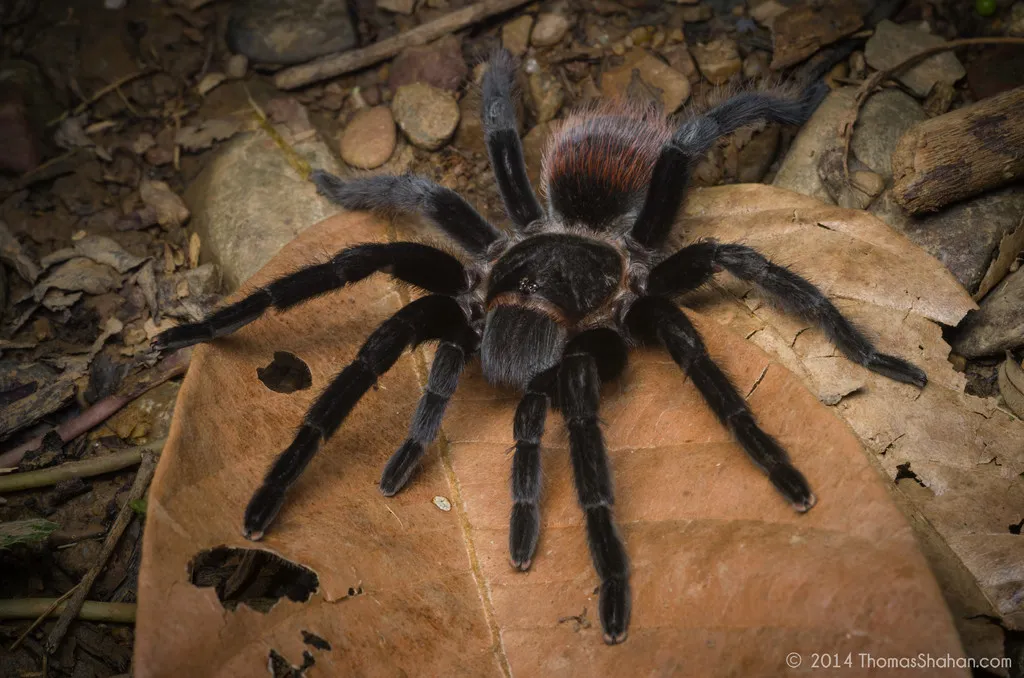
Handling your Mexican Red Rump Tarantula should be done with caution. While these tarantulas are generally docile, they can bite if they feel threatened. It is essential to understand their behavior and follow safe handling practices. Always wash your hands before and after handling your tarantula. Handling should be kept to a minimum, as it can stress the animal. Always prioritize the well-being and safety of both the tarantula and yourself.
Understanding Tarantula Behavior
Learn to recognize the signs of a stressed or defensive tarantula. A tarantula may raise its front legs, flick hairs from its abdomen, or try to escape if it feels threatened. Avoid handling your tarantula when it is molting, as it will be particularly vulnerable. If you must handle your tarantula, do so gently and carefully. Observing your tarantula’s behavior gives you a better understanding of its needs and can help you avoid causing stress. Always handle with awareness and respect.
Safe Handling Practices
If you choose to handle your tarantula, do so in a safe and controlled environment, such as close to the ground. Use a soft, wide container to gently coax the tarantula into. Never drop or squeeze the tarantula. Be aware that tarantulas are fast and can move quickly. If the tarantula does bite, the bite is typically not life-threatening but can cause pain and irritation. Seek medical advice if the bite causes severe symptoms. Safety is paramount in handling, and cautious handling prevents stress and harm to the tarantula.
